In the age of clean beauty and conscious wellness, reading your skincare labels has become
more than just a trend—it’s a necessity. With hundreds of products claiming to be “natural,”
“non-toxic,” or “dermatologist approved,” how do you actually know what’s safe, effective, and
worth your money?
At Abiding Artistry, we take a holistic, results-driven approach to skin health. Our clients trust us
to choose products that support skin from the inside out—and that starts with ingredient
integrity.
Below, we break down exactly what to look for (and what to avoid) when it comes to common
skincare ingredients.
The Skin-Loving Ingredients to Embrace
These ingredients work in harmony with the skin’s natural systems, supporting hydration, repair,
and long-term balance.
Hyaluronic Acid
What It Is: A sugar molecule naturally found in the skin that holds 1,000 times its weight in
water.
Why It Works: It draws moisture into the skin, making it look plumper, dewier, and more supple.
Ideal For: All skin types, especially dry, dehydrated, or mature skin.
Where We Use It: In deeply hydrating facials and skin-quenching serums to restore balance
post-extraction or exfoliation.
Niacinamide (Vitamin B3)
What It Is: A water-soluble vitamin that helps build keratin, a key protein in the skin.
Why It Works: It strengthens the skin barrier, minimizes redness, and helps regulate oil
production—making it a powerhouse for acne-prone or sensitive skin.
Ideal For: Clients with hyperpigmentation, enlarged pores, or uneven texture.
Where We Use It: As a calming active in facial treatments that target inflammation or
congestion.
Vitamin C (Ascorbic Acid)
What It Is: A potent antioxidant known for brightening and collagen synthesis.
Why It Works: It neutralizes free radicals caused by sun and pollution, fades dark spots, and
stimulates collagen for firmer skin.
Ideal For: Anyone dealing with dullness, discoloration, or early signs of aging.
Where We Use It: In brightening masks and serums during custom facials to help restore glow
and even tone.
Zinc Oxide
What It Is: A natural mineral compound used primarily in physical sunscreens.
Why It Works: It reflects UV rays instead of absorbing them and has soothing, anti-inflammatory
properties.
Ideal For: Sensitive or reactive skin, rosacea, and post-treatment skin.
Where We Use It: In SPF products we recommend post-facial to protect delicate skin without
irritation.
Aloe Vera
What It Is: A succulent plant extract known for centuries for its healing benefits.
Why It Works: It hydrates, calms, and cools inflamed or compromised skin. It’s also rich in
antioxidants and enzymes that support the skin’s recovery process.
Ideal For: Sun-damaged, irritated, or freshly exfoliated skin.
Where We Use It: As a base in masks and post-extraction care to reduce redness and support
skin recovery.
🚫 Ingredients to Avoid: The Silent Skin Saboteurs
Even in “clean” beauty brands, these toxic additives can sneak into your skincare routine. They
may offer quick fixes but can sabotage your skin’s long-term health.
Parabens (Methylparaben, Propylparaben, etc.)
Why They’re Harmful: These synthetic preservatives mimic estrogen in the body and have been
linked to hormonal disruption. They can also trigger allergic reactions or long-term skin sensitivity.
Commonly Found In: Moisturizers, makeup, shampoos, and even some cleansers.
Abiding Artistry’s Stance: We do not use or recommend products with parabens. Ever.
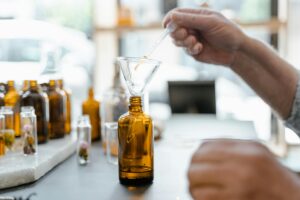
Fragrance (Parfum)
Why It’s Harmful: “Fragrance” is a loophole that allows brands to hide hundreds of undisclosed
chemicals—many of which are allergens or hormone disruptors.
Commonly Found In: Pretty much everything unless it’s labeled “fragrance-free” or “essential oil
only.”
Pro Tip: Even “natural fragrance” can be misleading. Stick with products that are transparent
about scent sources.
Sodium Lauryl Sulfate (SLS) & Sodium Laureth Sulfate (SLES)
Why They’re Harmful: These foaming agents strip away the skin’s protective oils, disrupting your
moisture barrier and making your skin more prone to inflammation and breakouts.
Commonly Found In: Foaming cleansers, body washes, and shampoos.
Abiding Tip: A rich lather doesn’t mean clean skin—gentle surfactants are safer and just as
effective.
Phthalates
Why They’re Harmful: These chemicals are typically used to make synthetic fragrances stick
longer. They’re known endocrine disruptors and can impact fertility and fetal development.
Commonly Found In: Scented products, nail polish, and hair sprays.
Abiding Tip: Look for “phthalate-free” on labels—or better yet, avoid synthetic scents altogether.
Formaldehyde & Formaldehyde-Releasing Agents (e.g., DMDM Hydantoin)
Why They’re Harmful: Used to preserve products, these agents slowly release formaldehyde—a
known carcinogen.
🌸 At Abiding Artistry, Ingredient Integrity Is Non-Negotiable
We don’t just use products—we vet them. Every ingredient in our spa treatments and retail
selections has a purpose, and none are fillers. We believe your skin deserves to thrive naturally
and holistically.
If you’re unsure whether your current products are helping or hurting your skin, book a Skin
Discovery Consultation. We’ll decode your skincare routine together and help you build one
that works with your skin—not against it.
Your skin is sacred. Let’s treat it that way.
– With care, the Abiding Artistry Team
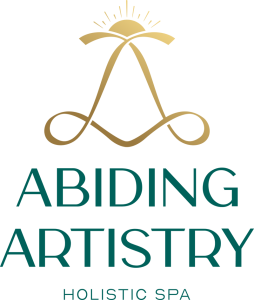
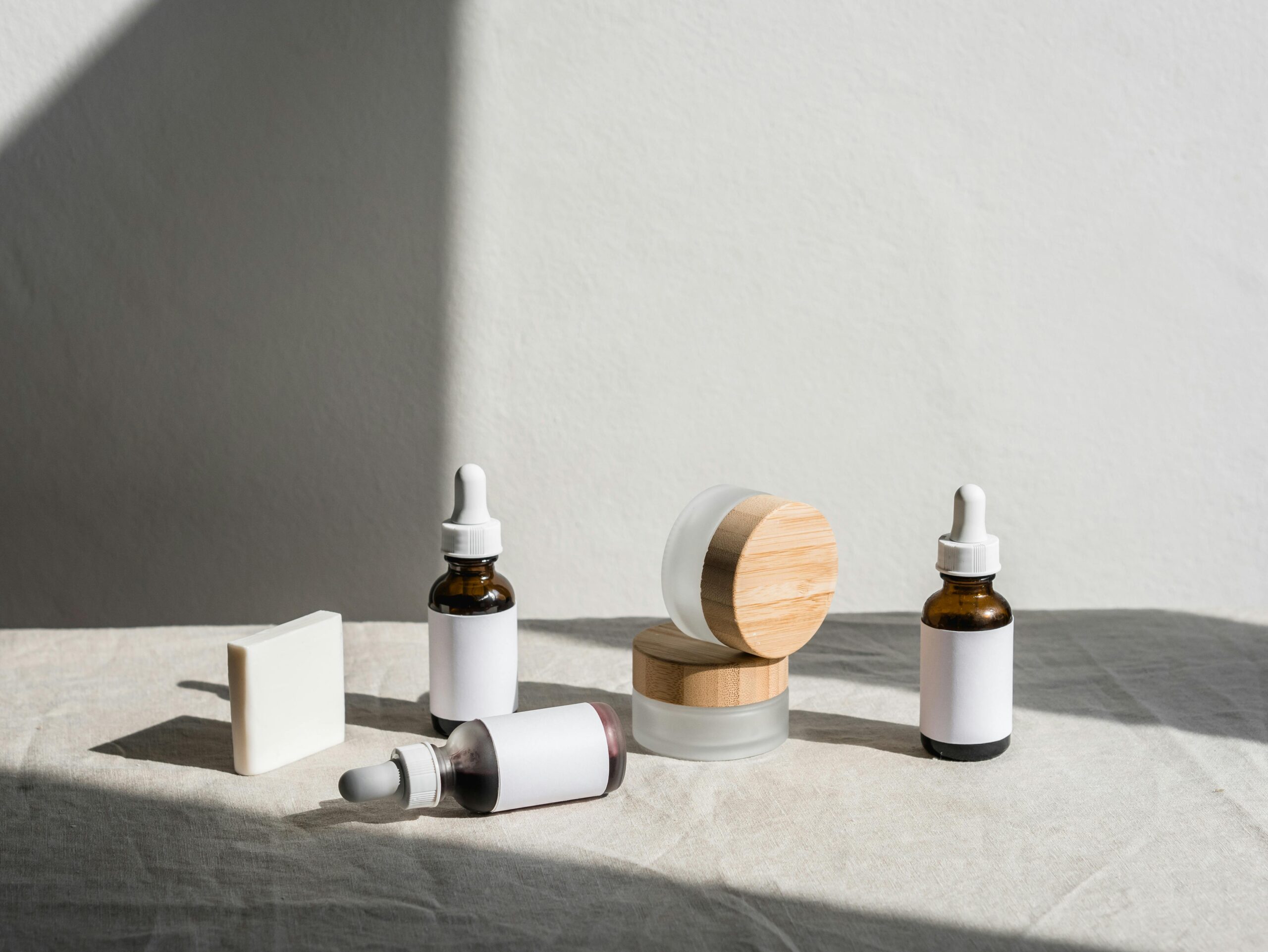
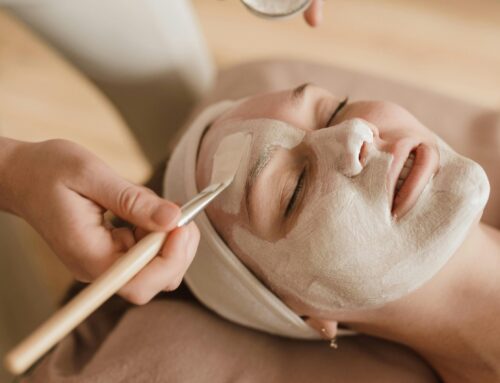

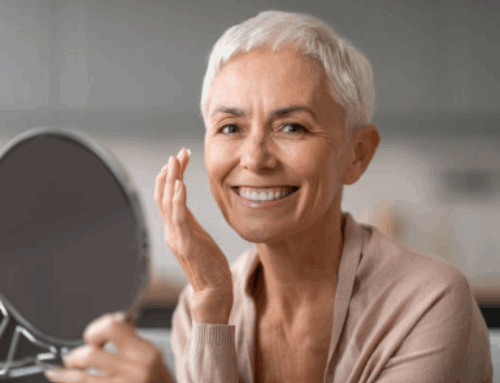

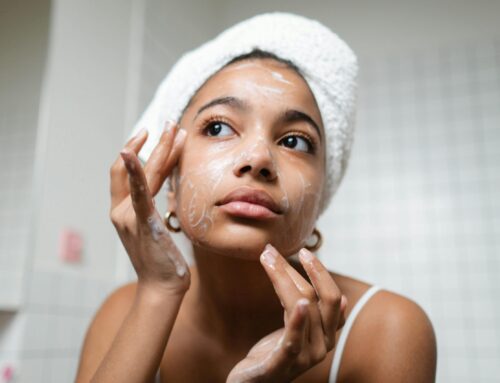
Leave A Comment